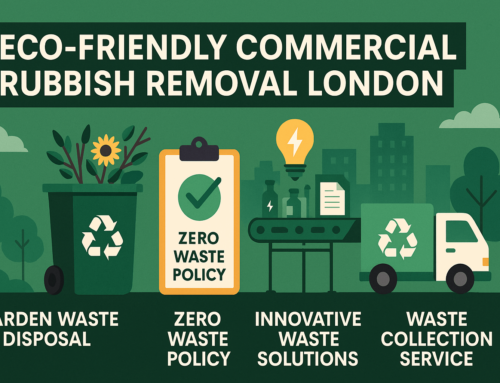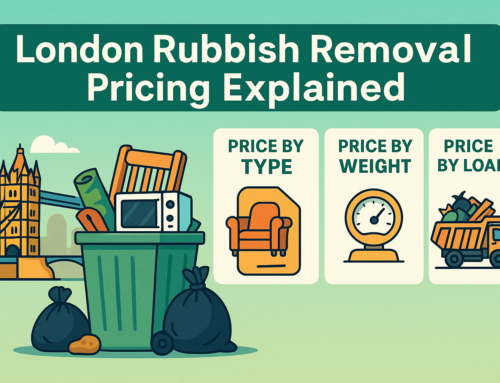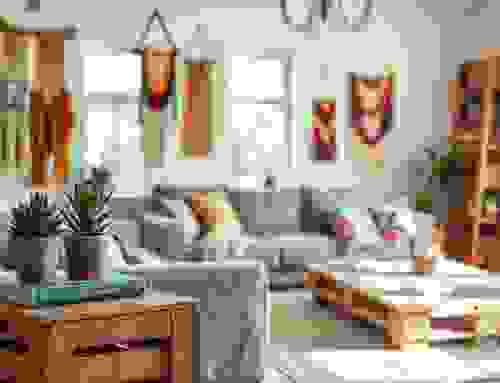Upcycling furniture London residents no longer see old furniture as waste — they see potential. A growing number of Londoners are transforming unwanted items into unique home décor through creative reuse. Whether it’s a chair from a market or a cabinet from a house clearance, upcycling helps reduce waste, save money, and express personal style.
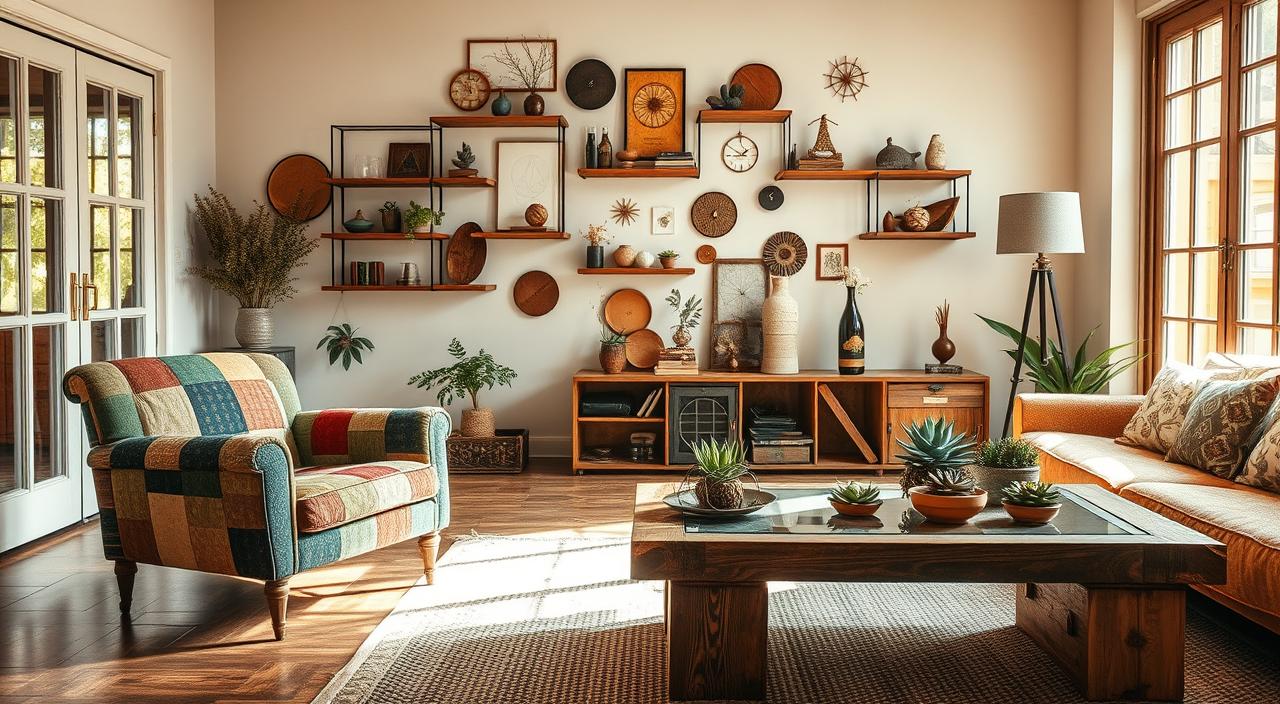
This guide offers a comprehensive look at upcycling in the capital — from sourcing discarded furniture to completing beginner-friendly DIY projects. Whether you’re budget-conscious, eco-minded, or simply looking for creative inspiration, upcycling offers an accessible, rewarding hobby for all.
Key Takeaways
- Upcycling furniture reduces waste and gives old items new life.
- You can find great upcycling materials across London — for free or cheap.
- The practice is cost-effective and supports environmental goals.
- Local workshops and online communities offer support for beginners.
- Your home can benefit from unique, personalised décor made by you.
Why Upcycling Furniture London Residents Do It More Than Ever
In recent years, upcycling furniture has grown beyond a niche craft into a widely embraced lifestyle choice in London. This transformation is driven by several key factors:
Environmental Impact
The furniture industry is one of the largest contributors to landfill waste. In the UK, millions of pieces of furniture are thrown away annually — many still in usable condition. By upcycling instead of discarding, Londoners significantly reduce this impact.
| Sustainable Benefit | Upcycling Effect |
|---|---|
| Landfill Reduction | Keeps bulky waste out of the environment |
| Resource Conservation | Lowers demand for raw materials |
| Lower Emissions | Cuts energy used in manufacturing new items |
Economic Value
For those navigating rising living costs, upcycling provides an affordable alternative to buying new. Reworking a free or second-hand item often results in furniture that’s not only cheaper but more durable than many mass-produced alternatives.
A Form of Self-Expression
Each upcycled item carries a personal touch — colours, finishes, and details that reflect your style. Social media platforms like Instagram and Pinterest have played a role in promoting the trend, showcasing stunning transformations that inspire others to begin their own creative journeys.
Where to Find Furniture for Upcycling in London
You don’t need to buy brand-new materials to get started. London offers numerous sources for second-hand furniture just waiting to be transformed.
Local Markets and Car Boot Sales
- Old Spitalfields Market and Bermondsey Market offer vintage finds every week.
- Wimbledon Car Boot Sale and Capital Carboot in Pimlico frequently feature tables, chairs, and dressers ideal for restoration.
Online Marketplaces
Digital platforms make it easy to browse for pre-loved furniture near you:
- Gumtree London – local listings often include “free to collect” furniture.
- Facebook Marketplace – a treasure trove of upcycling opportunities.
- Nextdoor – local neighbours frequently give away household items.
Council Reuse Centres
London councils have recycling centres with dedicated reuse bays, where you can collect discarded but reusable furniture. Visit:
- Reworks — City Hall’s reuse project.
- Check borough-specific sites like Southwark Reuse and Recycling.
House Clearance Shops
Charity and clearance shops often sell unwanted furniture at low prices:
- British Heart Foundation Furniture & Electrical Stores
- Emmaus Greenwich
- FARA Furniture in Chiswick
These stores often have knowledgeable staff who can help you identify solid wood pieces worth restoring.
Must-Have Tools for Upcycling Projects in London
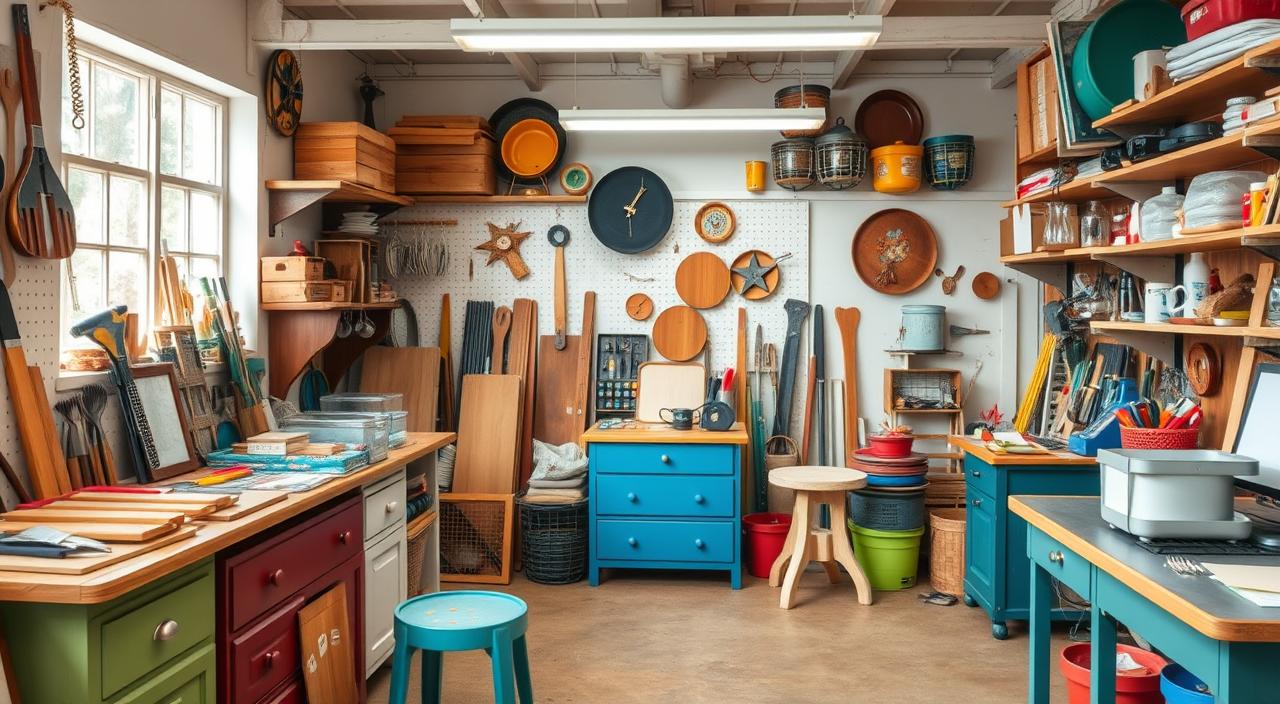
Before diving into your first project, make sure your toolkit is stocked with the essentials.
Essential Tools
| Tool | Use |
|---|---|
| Sandpaper or Orbital Sander | Prepping surfaces for paint or varnish |
| Paint Brushes & Rollers | Applying finishes |
| Screwdrivers & Hammer | Dismantling and rebuilding |
| Wood Filler & Glue | Fixing cracks and joints |
| Drill & Screws | Reinforcements or attaching new parts |
Eco-Friendly Paints and Finishes
Opt for low-VOC or natural paints from UK-based sustainable brands such as:
These products not only protect your health but also support your commitment to eco-conscious living.
Simple DIY Project Ideas for Beginners
If you’re new to upcycling, start small and build your confidence with basic furniture restoration.
1. Repaint an Old Side Table
One of the simplest projects — just sand, prime, paint, and seal. Add drawer handles for a refreshed look.
2. Turn a Chest of Drawers into a Kitchen Island
By removing the top drawers, adding a butcher-block top, and painting it to match your kitchen, you can create a multifunctional centrepiece.
3. Upcycle a Wooden Chair with Decoupage
Use wallpaper samples or fabric scraps to personalise a plain wooden chair. It’s affordable and fun!
Connect with London’s Upcycling Community
You don’t have to upcycle alone. London is home to vibrant workshops, community groups, and charitable organisations that support reuse and circular design.
Workshops and Skill Classes
Check out:
- The Goodlife Centre – DIY classes in Southwark.
- MakeMee Studio – Upcycling and upholstery lessons in Lewisham.
- Makers’ Central London – Hands-on DIY classes and maker spaces.
Online and Local Upcycling Groups
- Upcycle It London (Facebook Group) – A large, supportive online space to share progress and ask questions.
- Hackney Fixers – Focused on repairing and reusing items in East London.
- Transition Towns – Local eco groups that host reuse and repair events across boroughs.
Charitable Projects and Social Impact
Organisations like Habitat for Humanity and Emmaus UK use furniture donations to support housing projects and vulnerable people. One such initiative — Empty Spaces to Homes — transforms abandoned buildings into living spaces with upcycled furnishings.
By donating or volunteering, you help reduce waste and support meaningful community projects.
Table: Summary of Upcycling Benefits
| Category | Benefit of Upcycling Furniture |
|---|---|
| Environmental | Reduces landfill, conserves resources, and cuts emissions |
| Financial | Saves money, especially during economic uncertainty |
| Creative | Personalises home décor, encourages DIY innovation |
| Social | Supports charities, fosters community through workshops & groups |
Tips for a Successful Upcycling Journey
- Start Small: Begin with simple pieces like a coffee table or wooden chair.
- Plan Before You Paint: Consider your desired aesthetic, necessary repairs, and materials.
- Clean Thoroughly: Dirt and residue can affect the finish and adhesion of paint or varnish.
- Embrace Imperfection: Upcycled furniture often tells a story — minor flaws add character.
- Share Your Work: Document your progress on social media or in community forums for feedback and inspiration.
Conclusion: Why Upcycling Matters More Than Ever
Upcycling furniture in London isn’t just a trend — it’s a movement. By giving discarded items a new purpose, we reduce waste, save money, and add personalised charm to our homes.
Whether you’re browsing a local market, sanding down your first project, or attending a community workshop, every effort makes a difference. With London’s growing upcycling community and resources, anyone can get involved and make a positive environmental impact.
So next time you pass by a worn table or outdated dresser, don’t just see rubbish — see potential.
